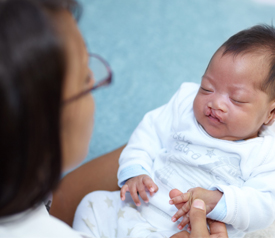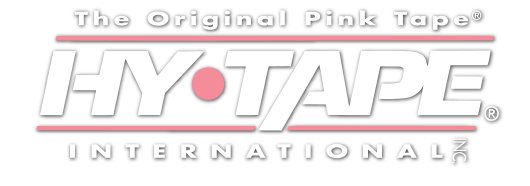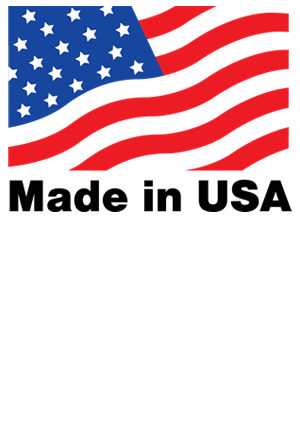
A cleft palate is a split or opening in the roof of the mouth of a newborn baby. This type of cleft in the mouth can cause a major issue for a child if the cleft isn’t sealed. Eating, drinking, and even hearing can be a struggle if the cleft isn’t fixed with surgery.
Fortunately, cleft palate surgery is fairly routine and comes with a low level of risk. Doctors can perform surgery around the 12-month mark after birth, sealing the cleft if full. Patients will stay in the hospital for one to two days after surgery for monitoring by doctors. Full recovery from cleft palate surgery is typically about four weeks.
As with any type of surgery, wound care is essential. Here are a few tips for providing neonatal wound care for a child after cleft palate surgery:
Allow drinking from cups only
After cleft palate surgery, it’s important to not cause unnecessary stress to the incision area and the upper portion of the mouth. Only allow the child to drink from a cup, not using a straw or another utensil. Sucking with a straw or eating food with a spoon or fork can cause the wound to open and result in the need for a new surgery to reseal the incision point. Drinking liquids and soft foods from a cup is the safest way to take in calories without causing excess stress to the mouth.
Provide pain medications as needed
Doctors may make recommendations for pain medications for post-surgery care. They may recommend an over-the-counter solution or provide a prescription. Provide the medication to the child as they need it and according to the directions on the bottle. Patients may experience some discomfort in the first week or longer after surgery, but the pain should subside over time and be completely relieved after four weeks.
Keep the incision point clean
Every wound must be kept clean and sanitary after surgery. Applying soft bandages and securing them with Hy-Tape will provide the best healing. Hy-Tape will keep liquids out of the wound dressing, helping speed up the healing process. The tape is soft on the skin due to its zinc oxide ingredient. The tape also moves easily, making it easy for the child to drink without scratching or pinching.
Carefully replace wound dressings near the lip
It’s vital to be careful when changing a wound dressing near the incision point of a cleft palate. Bandages should only be changed once per day unless needed more often. Proper removal and replacement will help the wound heal on time.
Hy-Tape can make the bandage replacement process easy. While the tape holds tightly to the skin, it peels away just as easily for wound dressing replacement. Applying a new dressing and adhering with Hy-Tape can keep the bandage in place for as long as it is needed.
Add ointment to the scar
After the cleft palate surgery scar is mostly healed, applying ointment to continue the healing of the skin can help with the appearance of the scar. The doctor may recommend a specific ointment or even provide a prescription. Use the ointment as directed, applying gently to the scar. Over time, the scar’s appearance should improve.
Use sunscreen often
As with any scar, the skin will be very sensitive to heat and light. Using sunscreen is essential to keeping the scar safe from further discoloration and damage. Any zinc-based, high-SPF sunscreen can be applied to the scar after the wound has healed. Make sure to keep a close eye on the scar and speak to a doctor if it changes color or the child complains of pain or soreness.
Caring for a wound after cleft palate surgery can be easy for both patients and caregivers. With the right dressings, regular changes, and proper skin care afterward, the patient can enjoy regular eating and drinking going forward.
Hy-Tape makes the care process easier. Its waterproof material ensures that water will be kept away from the wound. The zinc oxide formula ensures that the underlying skin will be protected during wound dressing changes. The flexible material ensures that careful movement will not pinch or scratch the nearby skin.
To learn more about Hy-Tape, contact our office to discuss your needs.

